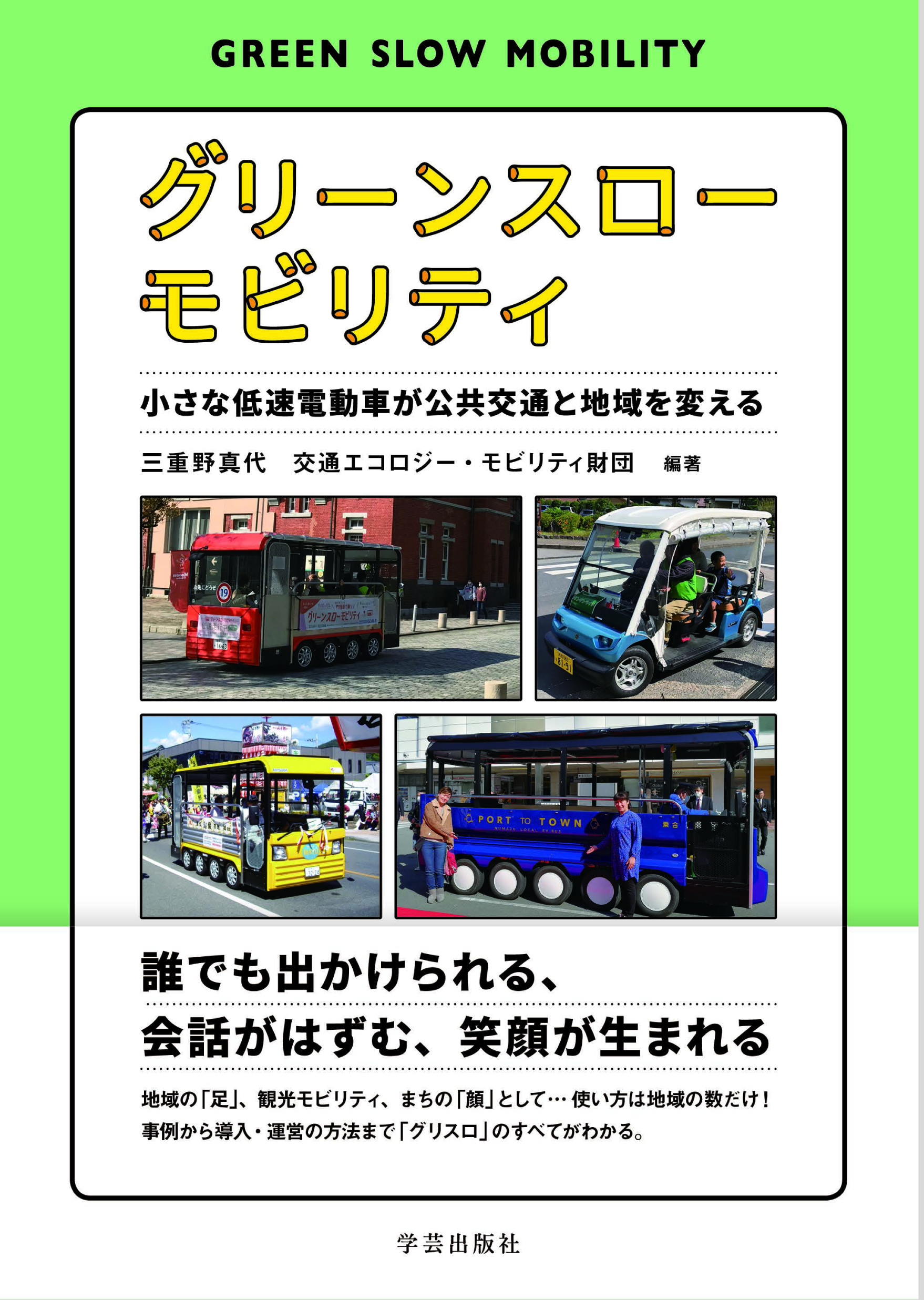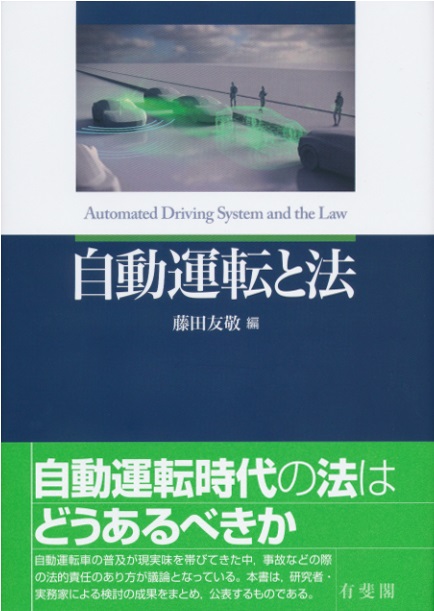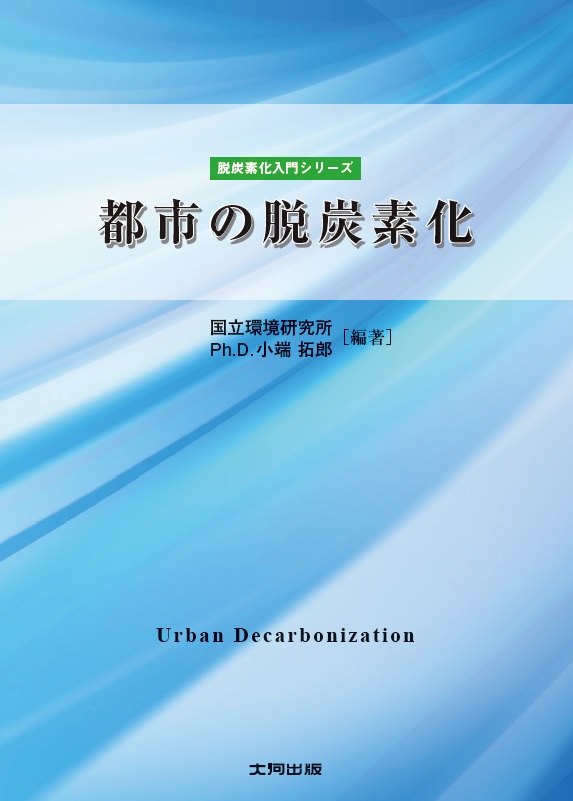
Title
Green slow mobility (Small low-speed electric vehicles change public transportation and communities)
Size
204 pages, A5 format
Language
Japanese
Released
May 20, 2021
ISBN
978-4-7615-2771-6
Published by
Gakugei-Shuppansha
Book Info
See Book Availability at Library
Japanese Page
Are you conscious of the road speed limit when you drive a car or bicycle? Have you ever been frightened by a fast-moving car or bicycle while walking? In fact, movements to lower the speed limit on city roads have recently been accelerating, so to speak, mainly in Europe. The main objective of speed reduction regulations is traffic safety. The fatality rate of pedestrians in collisions varies greatly depending on the speed of the vehicle, decreasing to less than 1% at speeds of 30 km/h or less. The philosophy of “Vision Zero,” which aims to eliminate traffic fatalities caused by cars, is being shared in lots of cities around the world. Even in Paris and Brussels, all roads in the city center are restricted to 30 km/h, and it is now common practice in Europe to reduce the speed of cars in city centers for traffic safety.
Road speed reduction regulations create an environment that makes the driving of cars difficult. When the number of cars in the city decreases, the improvement of environmental problems, air pollution, and noise can result as peoples’ mode of transportation changes to public transportation, mobility, and walking, and as public spaces such as parking lots and road spaces are converted into walking spaces, squares, cafes, and green areas. In city centers where there are fewer cars, throbbing spaces come into existence that are filled with comfort and conversation among quiet and relaxing people.
Green slow mobility is an electric mobility service for four or more passengers that can travel on public roads at speeds of less than 20 km/h, and this book is the first in Japan on this green slow (greslo). Some may wonder what the demand might be for slow vehicles that seat only a few people, but in the field of transportation in Japan, which has only pursued faster speeds, the pursuit of low speeds is uncharted territory and has great potential.
For example, the slow speeds result in a reduced physical burden and a more comfortable ride for elderly individuals. Additionally, driving becomes easier even for the elderly, and local transportation by local residents can be achieved in areas where transportation companies cannot provide mobility services as well as for short-distance mobility. Furthermore, greslo mobility has an open structure without doors or windows (regulations are relaxed at speeds of less than 20 km/h), and it is expected to be a form of mobility for tourists, allowing them to enjoy the scenery while enjoying a breeze. The electrification of tourist destinations will be essential for attracting inbound tourists, as the number of environmentally conscious foreign tourists is expected to increase. Another important perspective in the future is the implementation of automatic driving technology in low-speed electric vehicles in which multiple people ride together. Due to the slow nature of greslo mobility, it can contribute to the resolution of regional issues while achieving a variety of mobility services that could not be provided by existing transportation operators.
Going forward, even Japan will witness the transition from a society that relies solely on cars to local communities that will regain human-like public spaces like those in Europe. One of the most effective ways to shift away from automobiles is undoubtedly speed reduction, and for that reason, it is thought that visibly low-speed and small greslo mobility has the power to greatly change people’s awareness and communities.
(Written by MIENO Mayo, Project Associate Professor, Graduate School of Public Policy / 2022)



 Find a book
Find a book





